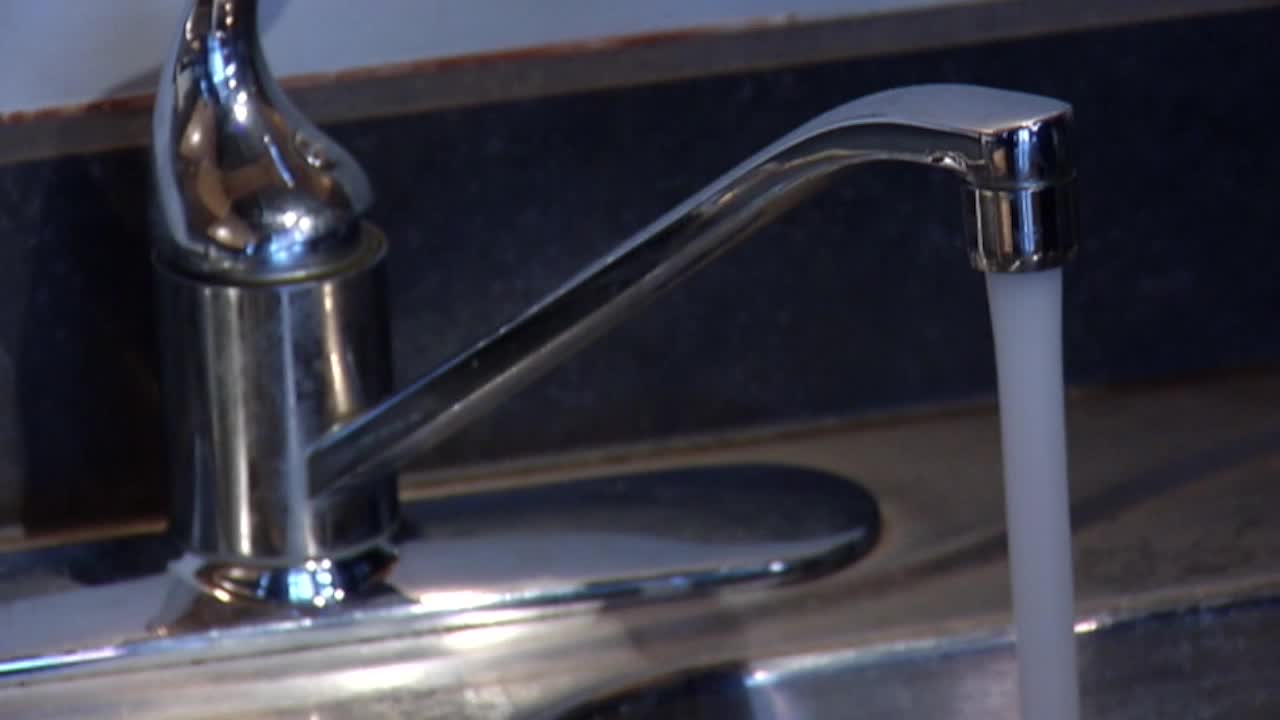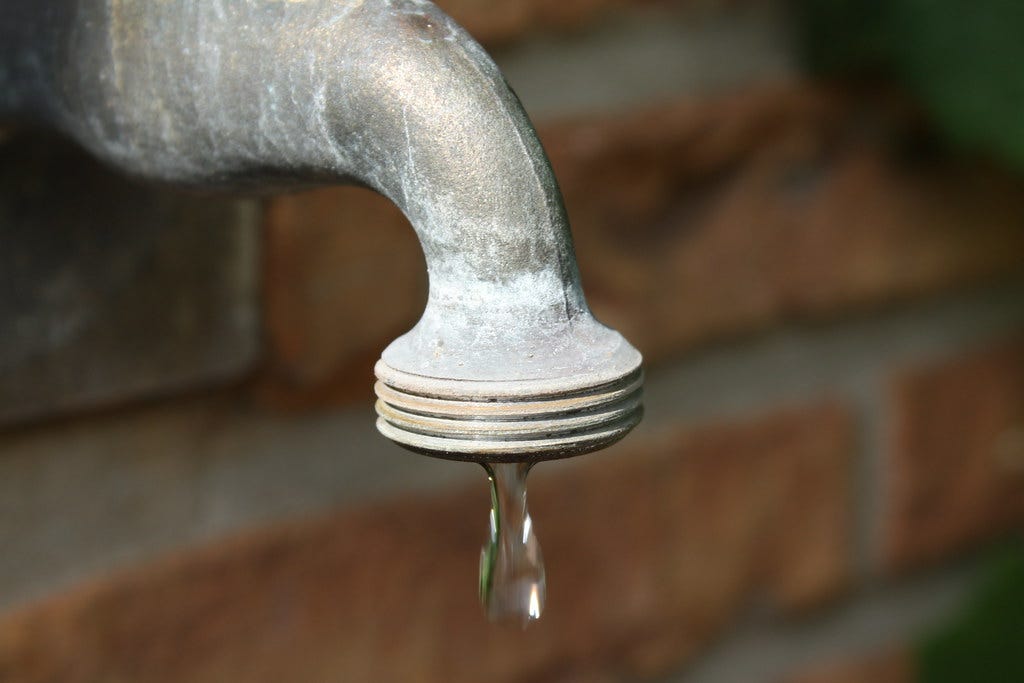Uncovering the Effects of a Faulty Faucet
Uncovering the Effects of a Faulty Faucet
Blog Article
What're your opinions concerning Here's How to Fix a Leaky Faucet?

Introduction
A leaky faucet could feel like a minor nuisance, but its consequences prolong much beyond the occasional drip. Recognizing the impacts of a leaking tap is vital for both property owners and the atmosphere. In this short article, we'll discover the different effects of this usual home concern and why addressing it without delay is important.
Causes of Leaky Faucets
Dripping faucets can result from a variety of aspects, consisting of wear and tear, high water stress, and deterioration. With time, the continuous use taps can lead to worn-out seals and gaskets, causing leakages to develop. Additionally, too much water stress can place strain on plumbing fixtures, resulting in leaks. Corrosion and corrosion can also damage faucet components, making them vulnerable to leak.
Water Waste
Among the most substantial effects of a dripping tap is water wastage. Also a little drip can amount to gallons of wasted water over time. This not just increases water bills however additionally adds to water deficiency and environmental deterioration. Attending to leaky taps immediately is critical for saving this valuable resource and decreasing its influence on the earth.
Financial Effect
In addition to wasting water, leaky faucets can also have a substantial monetary influence. Increased water bills are a direct consequence of water wastage, costing property owners hundreds of dollars each year. Additionally, the expense of repairing water damages caused by leaks can be significant, specifically if left ignored for an extensive period.
Environmental Effect
The ecological impact of leaky faucets prolongs beyond water wastefulness. By preserving water, homeowners can contribute to more comprehensive initiatives to alleviate water shortage and protect all-natural ecological communities. Sustainable choices such as rain harvesting and water-efficient fixtures can even more decrease the ecological impact of home water use.
Technological Solutions
Innovations in modern technology have brought about the growth of smart faucets and water-saving tools that help minimize water wastefulness. Smart faucets use sensing units to discover activity and change water circulation as necessary, reducing waste without sacrificing comfort. Water-saving devices such as aerators and low-flow showerheads are also effective in conserving water without compromising performance.
Global Perspectives
While dripping taps might seem like a local problem, they add to more comprehensive international difficulties such as water shortage and environment modification. In regions already dealing with water anxiety, every decline counts, making leak prevention and repair service vital. By adopting water-saving practices and purchasing lasting technologies, home owners can play their part in resolving these pressing international concerns.
Regulative Procedures
Federal government laws play a critical role in reducing the influence of leaky faucets and promoting water preservation. From building codes that require water-efficient fixtures to water-saving incentives and rebates, policymakers have a variety of devices at their disposal. By executing and applying these guidelines, governments can make certain that house owners prioritize water preservation in their lives.
Neighborhood Influence
Addressing leaky faucets needs collective initiatives at the area degree. By increasing awareness about the value of water preservation and supplying sources for leakage discovery and repair work, local authorities can empower homeowners to act. Efforts such as water-saving rebate programs and leakage discovery projects can incentivize habits modification and advertise accountable water use.
Situation Researches
Real-life instances of the influence of dripping taps highlight the significance of proactive upkeep and prompt fixings. From water damage to skyrocketing water costs, the repercussions of neglecting leaks can be severe. By sharing these case studies, homeowners can better recognize the value of resolving leaking taps quickly.
Educational Campaigns
Educational projects play an essential function in increasing awareness concerning the effects of leaking taps and promoting water preservation practices. Through workshops, seminars, and on the internet sources, homeowners can find out just how to discover and repair leaks themselves. By encouraging individuals with knowledge and tools, academic projects can foster a society of responsible water usage within neighborhoods.
Health and wellness Problems
Leaking faucets can develop conducive settings for mold and mildew growth, presenting health and wellness risks to residents. The presence of mold can aggravate respiratory concerns and allergies, especially in prone individuals. In addition, water damages resulting from leakages can compromise the structural stability of buildings and bring about expensive repair services.
DIY vs. Specialist Repair
When faced with a leaking faucet, property owners frequently debate whether to try fixings themselves or employ an expert plumber. While DIY fixings can save money, they might not constantly resolve the hidden problem efficiently. Professional plumbing professionals have the proficiency and tools to identify and take care of leaks properly, making certain lasting options and comfort for property owners.
Preventive Measures
Avoiding dripping taps calls for routine upkeep and positive procedures. Easy jobs such as replacing worn-out washers and seals can avoid leaks from establishing. Additionally, upgrading to high-quality components and reducing water pressure can help extend the lifespan of faucets and minimize the risk of leakages.
Final thought
Finally, the impacts of a leaky tap expand far beyond the periodic drip. From water waste and increased water costs to health problems and ecological impact, the repercussions of overlooking leaks can be considerable. By addressing leaky taps without delay and adopting water-saving techniques, home owners can reduce these effects and contribute to an extra lasting future.
Why You Shouldn’t Ignore a Leaky Faucet in Your Home
What Causes a Leaky Faucet?
Various factors can cause a leak, from loose and worn-out parts to corrosion. Your faucet has four essential components from which most plumbing issues will stem: the O-ring, the valve seat, the washer and the gasket.
What Is an O-Ring?
The O-ring is a stem screw that fastens parts of the faucet in place, preventing water from leaking out of the spout. Depending on your faucet type, the stem might have multiple O-rings. Water will drip from the faucet’s handles and base if this part breaks or deteriorates.
What Is a Valve Seat?
The valve seat controls the flow and temperature of the water. Found at the base of the handle, it works as a seal for the faucet’s stem. The valve seat ensures the water is allowed to flow or is blocked as the handles dictate. You’ll know it’s malfunctioning when water leaks from your faucet’s sides.
What Is a Gasket?
The gasket is found between the water inlet and the valve stem. It creates a seal between the faucet and the sink, holding its joints by aerators attached to the stem’s head. Water will trickle out from the base if the gasket isn’t working.
What Is a Washer?
The washer secures the handles and prevents leakage, serving a similar purpose to the O-ring. While the O-ring is ordinarily round and made from an elastic material, such as rubber, the washer is square-shaped and composed of brass, copper and other hard metals. If it malfunctions, corrodes or has been improperly installed, water will leak out of the handles, causing that incessant faucet drip.
Why Is a Leaky Faucet Dangerous?
A leaky faucet left alone for too long can have significant consequences.
Pest Infestations
Since bugs and rodents gravitate towards the scent of water, a leaky faucet will draw pests to your sink. Both are looking for leaks accessible through crawl spaces, which a faucet provides. If you leave water dripping for too long, you run the risk of an infestation.
Rust
If one of the faucet parts has started to corrode, the resulting rust can spread to your pipes and valves with startling speed. The rust might even lead to cracks or other impairments, resulting in more severe plumbing issues.
Your sink could also sustain damage from a leaky faucet. The water in your tap possesses sparse elements of calcium and iron that can stain your sink with repeated and prolonged exposure. Once those elements in the water have been open to the air for some time, your sink will start to rust, creating marks that can be difficult to remove.
https://www.tomsmechanical.com/blog/why-you-shouldnt-ignore-a-leaky-faucet-in-your-home

I am very interested in How to Fix a Leaky Faucet and I hope you liked my entry. Enjoyed reading our review? Please quickly share it. Help somebody else find it. Thank you so much for your time invested reading it.
Report this page